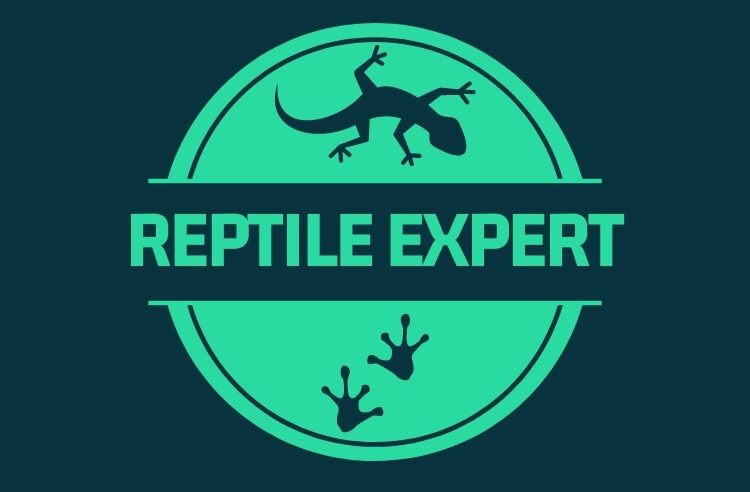Like other animals, snakes rely on their senses to know what’s going on around them, but much of the structure of their sense organs is quite different – and in some case, entirely unique.
Although we can speculate about the evolution of snakes, exactly why they developed their particular approaches to sensing the world seems likely to remain lost in their past – though the way their senses function today does give some clues as to their early origins.
Sight
One of the most likely theories surrounding the evolution of snakes is that they arose from lizard-like ancestors – possibly related to modern day monitor lizards – which took to burrowing. As with many other creatures that have taken to living underground, sight became less important to them and their eyes degenerated along with their limbs. According to this idea, at some point in the Cretaceous period – around the middle of the Great Age of Reptiles, when dinosaurs ruled the earth – the first snakes evolved.
When snakes came back above ground, they redeveloped their eyes from the rudimentary vestiges that they had left – which led to them doing things rather differently from their lizard relatives.
Instead of the typical lizard eyelids, snakes protect their eyes with a transparent “spectacle” scale – which gives them the characteristic, unblinking stare that so un-nerves snake-haters. The lens of the eye is round and yellow in colour – again in contrast with a lizard’s eye – and it is focused by being moved back and forth, like a telescope, rather than having its shape changed, as in lizards and humans, and as a result, most snakes tend to be fairly short-sighted. In addition, snakes’ retinas contain a unique kind of light sensitive cell – the double cone – which is not found in lizards, providing further evidence for the re-evolution of snake eyes.
Hearing
Just as living underground reduces the need for good eyesight, so too does it remove the importance of being able to hear airborne sounds – and accordingly, snakes have lost the eardrum and middle ear structures that exist in lizards. This inevitably makes all of them deaf – and a nonsense of the snake charmer’s music!
However, they are sensitive to ground vibrations – approaching footfalls, for example, being transmitted directly to the inner ear, via the bones of the skull. The inner ear also helps the snake maintain its balance and be aware of which way up it is – just as it does in humans.
Taste-Scenting
Although snakes possess a relatively large nose – and a good sense of smell – generally their Jacobson’s organ, and the ability it gives them to “taste-scent” their environment, provides them with more useful information about their surroundings.
The Jacobson’s organ comprises two cavities, lying side by side in the roof of the snake’s mouth. The animal’s ever-flickering forked tongue – which itself has no true sense of taste – collects minute chemical particles from the air, transferring them to the sensitive lining of the Jacobson’s organ as it is drawn back into the mouth. In this way, the snake can taste-scent the area around it, enabling it to locate and track potential prey, find a mate or avoid predators.
Other Senses
Snakes also have a range of other sense organs, most of which are familiar to us. Their bodies, for instance, have pressure receptors while their skin is sensitive to touch and can detect heat – which is obviously an advantage in a cold-blooded animal that needs to bask to warm itself up.
Some of their sense organs, however, are quite alien. Many of the colubrid snakes possess specialised organs around their vents and lower jaws which play a role in courtship and mate selection, while rattlesnakes and pit vipers have developed infra-red sensors that enable them to sense the body heat of their warm-blooded prey. These reptilian “night-sights” are sufficiently accurate to allow the snakes to judge distances well enough to hunt rodents successfully underground or in total darkness.
Snakes are well equipped to explore their surroundings and although some of their sense organs are rather different from our own, with 80 million-years or more of history behind them, there’s no doubting their effectiveness!
